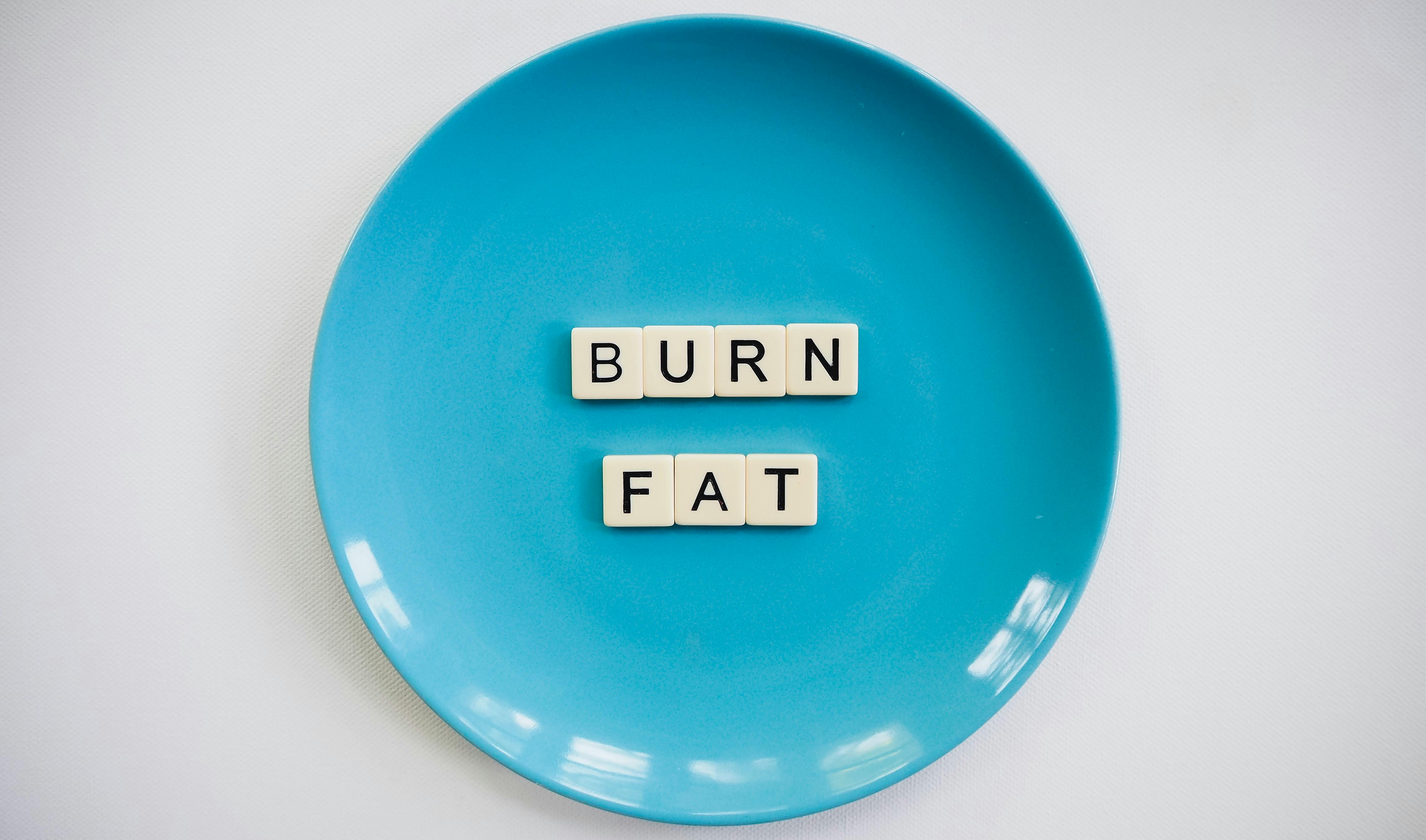Swimming technique: 3 decisive tips to destroy your competition
The old training methods taught that to swim faster we must train harder and more often. The reality is that the best swimmers in the world focus on swimming with the correct technique more than anything else. Champion swimmers do not aim to exhaust the maximum span per session. They focus on reducing resistance on each hit. The improvement comes from reduced stamina rather than increased fitness.
Here are 3 important tips when it comes to achieving great swimming technique:
1. Keep your body long – The swimming technique should always be long, with the swimmer extending the arms, head and shoulders forward while keeping the legs, feet and hips streamlined behind them. The longer your body is held during the stroke, the faster your body will travel through the water. Imagine your body as a long, thin yacht gliding through the water, rather than a large, wide barge that must use enormous amounts of energy to move forward.
2. Treat water as your friend, don’t fight it – Often, swimmers flounder in the water in an attempt to get ahead at all costs. They will be splashing, kicking and fighting the water in an effort to go faster. Strong swimmers will use the water as their friend by allowing their body’s natural buoyancy in the water to sit high and streamlined in the water. Power in swimming comes more from smooth, efficient movements than from pulling hard against the water.
3. Relax your muscles, relax your breathing – A tense swimmer is like a broomstick trying to bend. The key to a great swimming technique to be able to relax both your muscles and your breathing. The natural thing to do to go faster is to tense and flex your muscles by pulling and kicking harder. Unfortunately, this is what slows a swimmer down in the water. Relax and let your body glide through the water for efficient and effective swimming. And it’s so much easier once you get it right!



Recent Comments